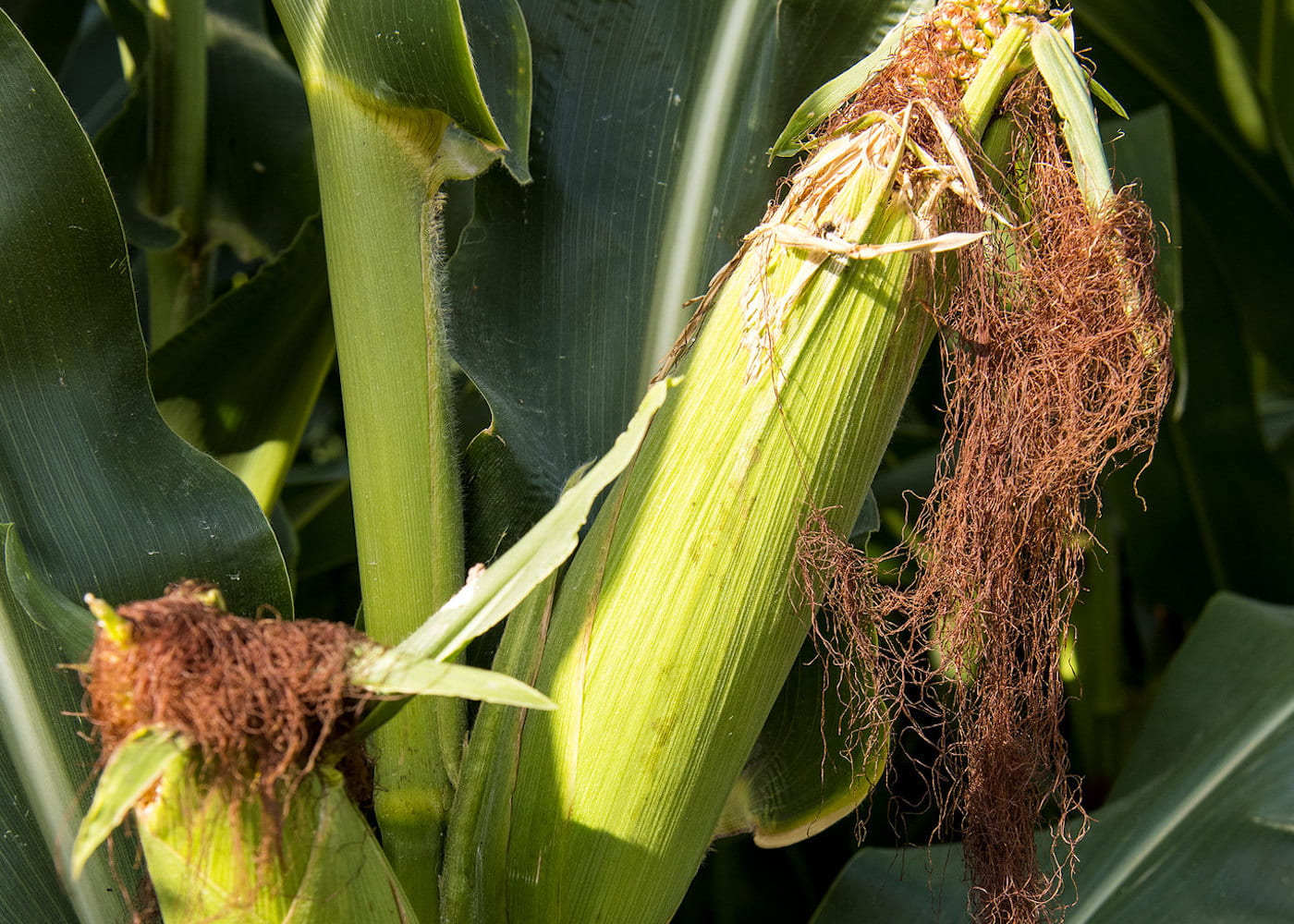Plant Pathologists Develop Novel Artificial Positive Control To Validate Diagnostics

Detecting and identifying pathogens in plants is critical to ensuring plant nursery operators and producers across the country have access to disease-free plant stock. However, a major bottleneck in detecting pathogens is the availability of positive controls to confirm a diagnosis. A positive control is a specimen known to contain the pathogen in question. Researchers at the Arkansas Clean Plant Center, who work with plant materials from around the world to ensure plants are free from viruses, developed a patent-pending protocol for virus mimicking artificial positive controls (ViMAPCs) that speeds up the process, lowers the cost and improves the accuracy of detecting plant viruses.
The Problem
Plant nursery operators and producers across the country rely on disease-free plant stock to ensure the continued sustainability of their operations. To ensure that plants are free from disease and protect specialty crops, the National Clean Plant Network was created to protect U.S. specialty crops from the spread of economically harmful plant diseases. It is an association of scientists, educators, state and federal regulators, nurseries and growers that work together to make sure plant propagation material is clean and available.
If scientists detect a potential virus in plant samples, they must validate the detection by comparing the viral material from the plant with something that is known to contain the virus — either a “true” positive control or an “artificial” control. Normally, the Arkansas Clean Plant Center obtains an artificial piece of DNA with the virus sequence as a positive control. This DNA is amplified using a polymerase chain reaction process, also known as PCR. Finally, the scientists compare the positive control with their diagnostic.
Acquiring positive controls can be problematic, however, and their maintenance is expensive. But without them, a test cannot be validated. The U.S. Department of Agriculture has strict restrictions on the movement of plant material from outside the country, limiting options for obtaining positive controls. And while there are permits for laboratories to conduct diagnostics with diseased material, the process is lengthy.
The Work
Ioannis Tzanetakis, director of the Arkansas Clean Plant Center and professor of plant virology, worked with Shivani Singh, a co-inventor the technology, and post-doctoral researcher Daisy Stainton to create a new patent-pending protocol. When faced with a new plant virus in Europe that had no available positive control available, the researchers needed a way to validate their test. Tzanetakis said it was a “clear case of necessity being the mother of invention.” The researchers developed a new protocol for virus-mimicking artificial positive controls, or ViMAPCs, which uses a ‘sister’ virus as a surrogate.
The Results
The ViMAPCs protocol allows scientists to create an artificial positive control that mimics the titre (the concentration of a substance in solution) and tropism (the distribution of the virus within the plant) of the target virus.
The protocol was designed so the ViMAPC control is easily differentiated from a true infection. Researchers can easily identify if a positive result is due to an infection in the plant or a lab-based contamination from the control. The newly developed approach takes less than five days to implement whereas alternatives normally take several weeks. The protocol is also less expensive than the artificial positive controls currently available, the researchers stated. The researchers said that in the future, the process might also be used to accurately confirm viruses that impact humans.
The Value
The ViMAPCs protocol provides a new tool for efficiently identifying economically harmful pathogens in plant samples submitted to clean plant centers. Efficient food production begins with putting healthy plants in the field. Viruses can have a tremendous impact on the health and lifespan of plants in the field, causing lower plant vigor, reduced yields and poor quality. With ViMAPCs, scientists can find and confirm viruses more quickly, more accurately and at a lower cost. As a result, less pathogens end up in fields, leading to more vigorous, productive plants and a stronger, more secure food system.
Read the Research
Development of Rapid and Affordable Virus-Mimicking Artificial Positive Controls
Plant Disease
Volume 108, No. 1 (2024)
https://doi.org/10.1094/pdis-06-23-1072-sr
Supported in part by
USDA-NIFA Grant/Award #1002361 and the Arkansas Clean Plant Center.
About the Researcher

Ioannis Tzanetakis
Professor of Plant Virology and Director of the Arkansas Clean Plant Center
Ph.D., Molecular Biology, Oregon State University, Corvallis
M.S., Soil Science, Agricultural University of Athens, Greece
B.S., Soil Science, Agricultural University of Athens, Greece

Shivani Singh
Program Associate
Ph.D., Biotechnology, Amity University, India




